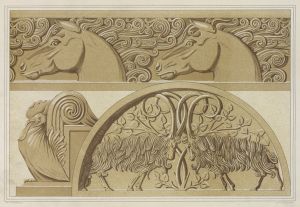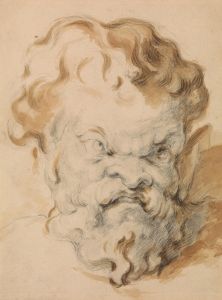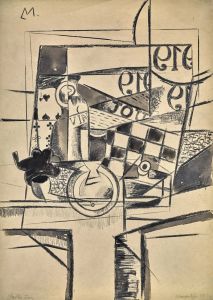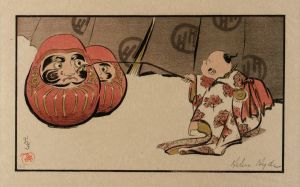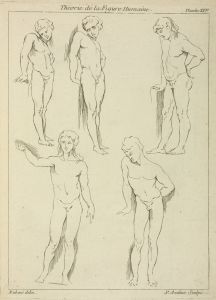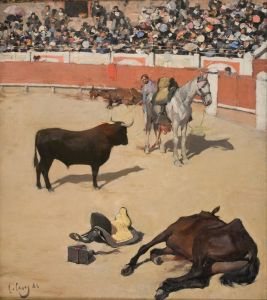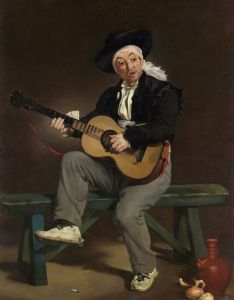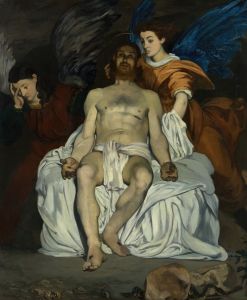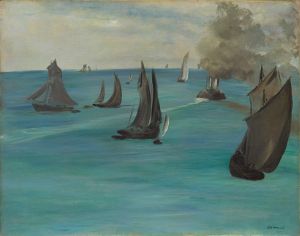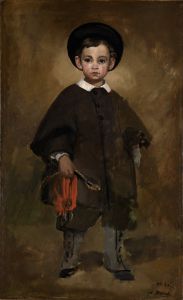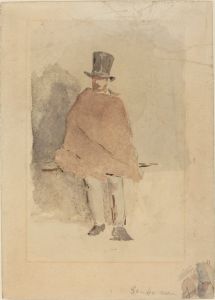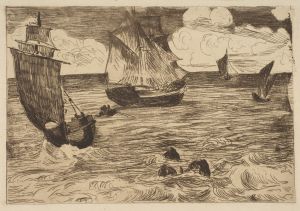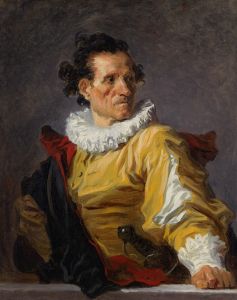
Le torero mort
A hand-painted replica of Édouard Manet’s masterpiece Le torero mort, meticulously crafted by professional artists to capture the true essence of the original. Each piece is created with museum-quality canvas and rare mineral pigments, carefully painted by experienced artists with delicate brushstrokes and rich, layered colors to perfectly recreate the texture of the original artwork. Unlike machine-printed reproductions, this hand-painted version brings the painting to life, infused with the artist’s emotions and skill in every stroke. Whether for personal collection or home decoration, it instantly elevates the artistic atmosphere of any space.
Édouard Manet's painting "Le torero mort" (The Dead Toreador) is a significant work within the artist's oeuvre, reflecting his interest in Spanish themes and the bullfighting tradition. Painted in 1864, this artwork is part of Manet's exploration of contemporary life and his fascination with the dramatic and often violent spectacles of bullfighting, which he had witnessed during his travels in Spain.
"Le torero mort" depicts a matador lying lifeless in the bullring, a poignant and somber scene that captures the aftermath of a bullfight. The painting is notable for its stark composition and the way it conveys the tragic end of the bullfighter. Manet's use of color and light in this work is particularly striking, with the contrast between the dark costume of the matador and the lighter tones of the sand in the bullring emphasizing the figure's lifelessness.
The painting is part of a larger canvas that Manet initially conceived, titled "Episode of a Bullfight." However, the original work was not well-received when exhibited at the Salon of 1864, leading Manet to cut the canvas into two separate pieces. "Le torero mort" is one of these sections, while the other became "The Bullfight" (La Corrida). This decision to divide the original painting reflects Manet's responsiveness to criticism and his willingness to adapt his work to better suit his artistic vision and the tastes of his audience.
Manet's interest in Spanish culture and bullfighting was influenced by the works of Spanish masters such as Diego Velázquez and Francisco Goya, whose paintings he admired. This influence is evident in the dramatic realism and the bold brushwork of "Le torero mort." The painting also reflects Manet's broader interest in capturing contemporary life and the human condition, themes that recur throughout his body of work.
"Le torero mort" is housed in the National Gallery of Art in Washington, D.C., where it continues to be an important piece for understanding Manet's artistic development and his engagement with themes of life, death, and spectacle. The painting is a testament to Manet's ability to convey emotion and narrative through his innovative use of composition and color.
Overall, "Le torero mort" is a compelling example of Manet's skill in capturing the complexities of human experience, and it remains a significant work within the context of 19th-century art. The painting not only highlights Manet's technical prowess but also his ability to provoke thought and emotion through his depiction of a moment frozen in time.





